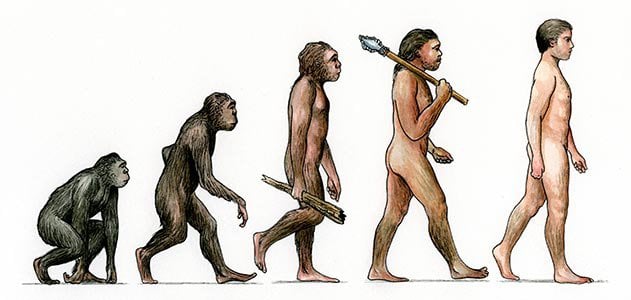Introduction:
The history of life on Earth is a fascinating and complex topic that has intrigued scientists and researchers for centuries. From the earliest single-celled organisms to the complex multicellular organisms that exist today, the evolution of life on our planet has been shaped by many factors. In this article, we will explore the history of life on Earth and how we came to be.
The First Life:
The first signs of life on Earth date back over 3.5 billion years ago. The earliest organisms were simple, single-celled organisms that lived in the oceans. These organisms were able to carry out basic metabolic processes, such as photosynthesis and respiration. Over time, these organisms evolved and became more complex, giving rise to the diverse range of life that exists on Earth today.
The Rise of Multicellular Life:
Multicellular organisms, like ourselves, arose around 600 million years ago. The evolution of multicellularity was a major milestone in the history of life on Earth, as it allowed for the development of more complex organisms with specialized tissues and organs. The evolution of multicellularity was likely driven by the benefits of cooperation and division of labor between cells.
The Cambrian Explosion:
Around 540 million years ago, there was a sudden explosion of life on Earth known as the Cambrian Explosion. During this period, a wide variety of new animal species emerged, including many that had complex body plans and structures. This explosion of life was likely due to a combination of genetic changes and environmental factors, such as increases in atmospheric oxygen levels and changes in ocean chemistry.
The Evolution of Humans:
The evolution of humans is a relatively recent development in the history of life on Earth. Our earliest ancestors, the Australopithecines, first appeared around 4 million years ago. Over time, our ancestors evolved into the Homo genus, which includes species like Homo erectus and Homo neanderthalensis. Modern humans, Homo sapiens, first appeared around 300,000 years ago and have since evolved and spread across the globe.
Factors Shaping Evolution:
Evolution is driven by a variety of factors, including natural selection, genetic variation, and environmental changes. Natural selection is the process by which organisms that are better adapted to their environment are more likely to survive and reproduce. Genetic variation, which arises from mutations and genetic recombination, provides the raw material for natural selection to work with. Environmental changes, such as climate change or the introduction of new species, can also play a significant role in shaping evolution.
Conclusion:
The history of life on Earth is a complex and fascinating topic that continues to intrigue scientists and researchers. From the first signs of life over 3.5 billion years ago to the emergence of complex multicellular organisms and the evolution of modern humans, the story of life on Earth is a testament to the power of evolution. By understanding the factors that shape evolution, we can gain a deeper appreciation for the diversity of life on our planet and our place within it.



